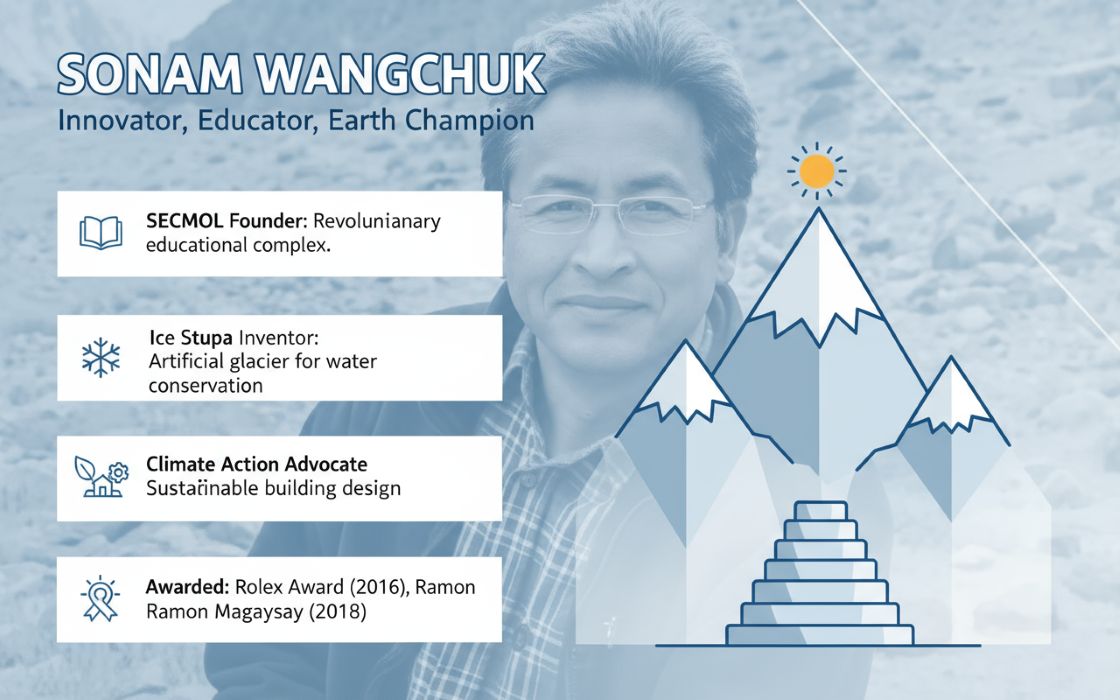What if the cities of tomorrow aren’t built upwards, but inward—rooted in green, growing around nature instead of over it? As Indian cities continue to expand at an unprecedented pace, the need to balance development with sustainability has never been more urgent. In this landscape of rapid urbanization, East Bangalore is emerging as a compelling case study, one where real estate growth is being thoughtfully interwoven with ecological consciousness.
Neighbourhoods like Sarjapur Road, Whitefield, and Varthur are no longer just residential hubs; they are becoming living, breathing ecosystems where green pockets are intentionally preserved, and nature is treated as infrastructure. These areas are reshaping what it means to live well in the city: replacing concrete sprawl with tree-lined avenues, rain-fed ponds, and wellness-focused design that supports both people and the planet.
In the article that follows, Mr. D. Kishore Reddy, Chairman and Managing Director of Mana Projects, explores how this green renaissance is redefining the future of urban living—showcasing a model where progress grows in harmony with the natural world.
Read the full article below to discover how this green renaissance is transforming the fabric of urban living.
How East Bangalore’s Green Pockets are Shaping the Future of Living
While urban India continues to grow at breakneck speed, cities are grappling with a double challenge—how to support an expanding population while maintaining environmental health. One of the several new urban stories being written, East Bangalore is an intriguing example of how green infrastructure and people-centric planning can go hand in hand with real estate development.
Famous for its tech parks, great connectivity, and fast-growing residential areas, East Bangalore—encompassing Sarjapur Road, Varthur, Gunjur, and Whitefield—is now in the midst of a subtle but profound change. Amid the vertical growth of apartment complexes and the hustle and bustle of IT-driven migration, a new type of neighbourhood is emerging: one that focuses on green spaces, eco-friendly infrastructure, and nature-based living.
The Emergence of Green Pockets
Green oasis of East Bangalore are more than simple landscaped grounds. They are city ecosystems-big orchards, forest areas, tree-lined avenues, and rain-fed ponds being infused directly into masterplans of housing developments. These areas restore environmental balance and transform the lifestyle aspiration of contemporary homeowners as well.
The need for such spaces has grown out of necessity. The "Garden City" Bangalore, once the proud boast of being, has in recent years seen unbridled urbanization takes its toll on tree cover and groundwater tables, which have plunged dramatically. As a reaction to this, visionary developers in East Bangalore are proposing eco-sensitive models of planning that blend residential life with rewilding schemes and green architecture.
A Lifestyle Rooted in Nature
Residing in environmentally friendly communities provides a myriad of lifestyle advantages. From improved air quality and reduced ambient temperature to enhanced mental health and availability of nature trails, residents benefit from a living environment that is peaceful, rejuvenating, and connected to the earth.
Children and families love the open, secure play areas and organic gardens, while remote workers appreciate the green views, natural light, and reduced noise. Wellness-oriented infrastructure like meditation decks, reflexology paths, and tree-lined open-air gyms are now a necessity for the urban buyer.
These green spaces also create community ties, as individuals more freely associate with one another in open, natural areas than they do with walled, urban spaces.
The Urban Planning Perspective: Why This Matters for Indian Cities
The success of green-centric developments in East Bangalore provides a model for other cities throughout India. As Pune, Hyderabad, Chennai, and Ahmedabad stretch their city limits, they can learn from replicating key features of East Bangalore's green renaissance:
1. Integrate Large Green Pockets in Planning: Rather than fitting parks into remaining spaces, developers and city planners need to locate and retain large contiguous green areas at the masterplan stage. These may be natural orchards, urban forests, or restored wetlands.
2. Use Nature as Infrastructure: Ponds, trees, and biodiversity corridors are functional infrastructure. Trees mitigate heat islands, green cover retards stormwater runoff, and ponds can recharge groundwater. Cities need to treat nature as a utility.
3. Mandate Ecological Design in Development Codes: Municipal authorities can update development norms to incentivise projects that incorporate ecological sensitivity, like pervious pathways, energy-efficient materials, and native landscaping.
4. Community-Led Maintenance of Green Areas: Long-term sustainability is realised when people own it. Policies that encourage Resident Welfare Associations to co-manage green assets can guarantee maintenance and engagement.
5. Smart-Green Fusion: Cities need to strive for smart infrastructure that does not dominate the natural ecosystem. IoT-based water metering, air quality sensors, and solar microgrids can coexist in green communities to form data-driven, eco-balanced neighbourhoods.
A Look Ahead: What the Future Holds
East Bangalore's development is a reaction to urban exhaustion. While cities all over the world are dealing with pollution, overcrowding, and the strain on resources, these nature-infused models present a more human way of living.
The future wave of urban growth will not be about the tallest skyscrapers or broadest highways. It will be about designing liveable, breathable cities that are balance growth with green.
For developers, architects, and urban planners in India, East Bangalore is a testament to the way thoughtful design, ecological awareness, and long-term thinking can make urban living better.




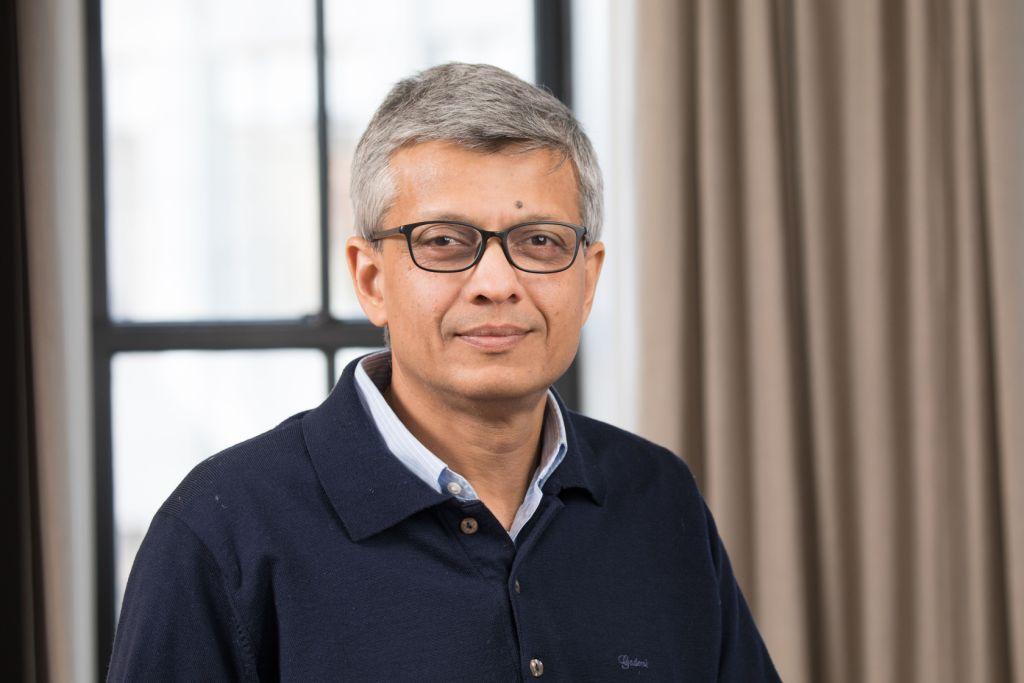

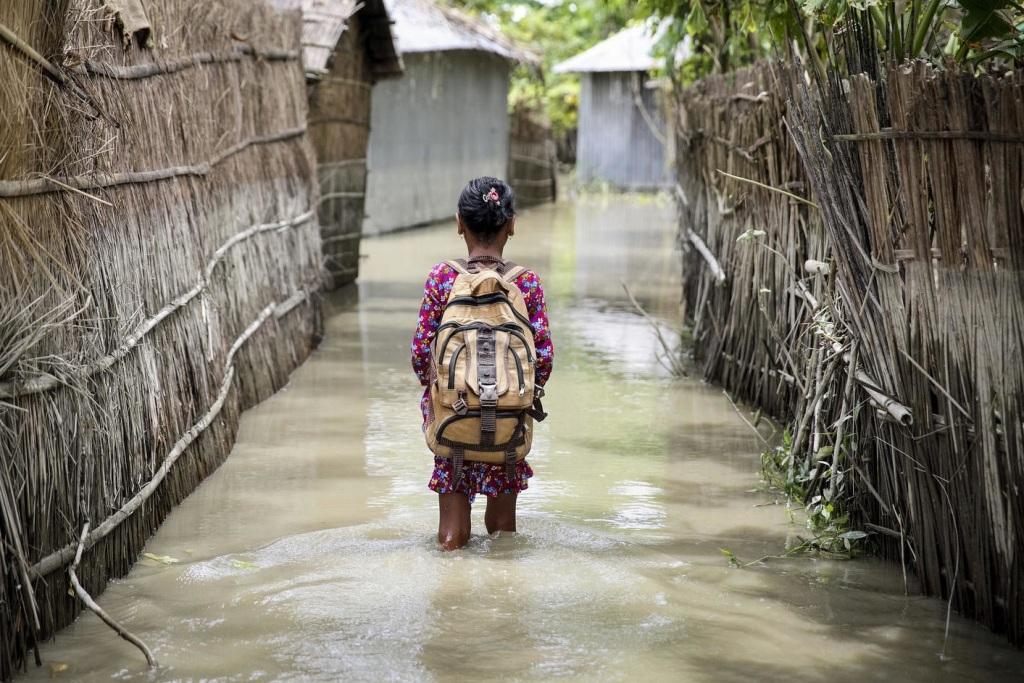


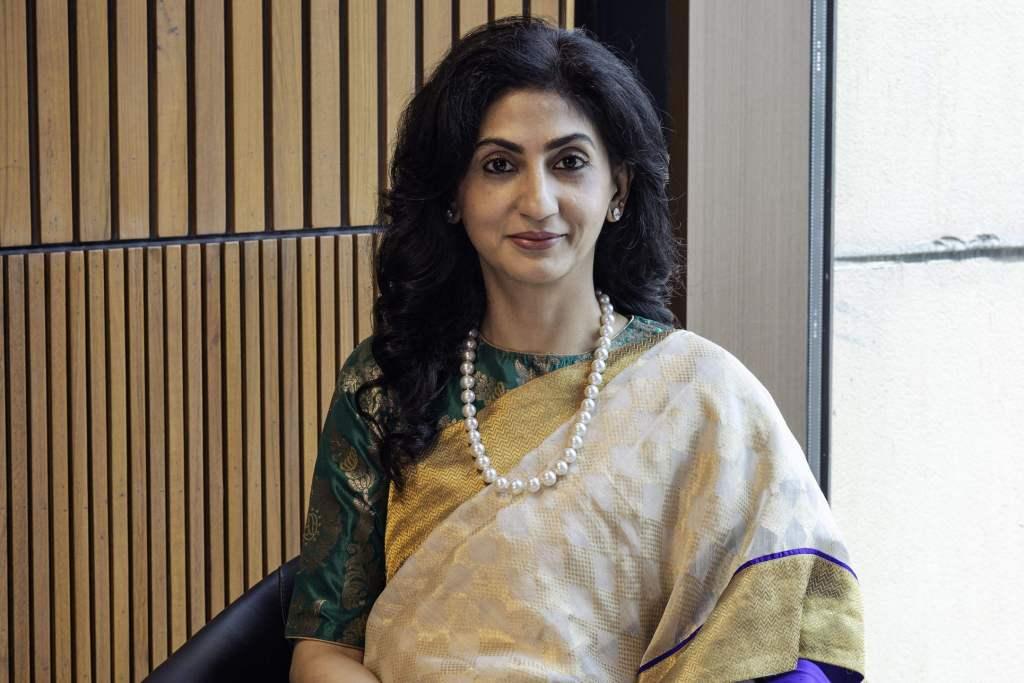


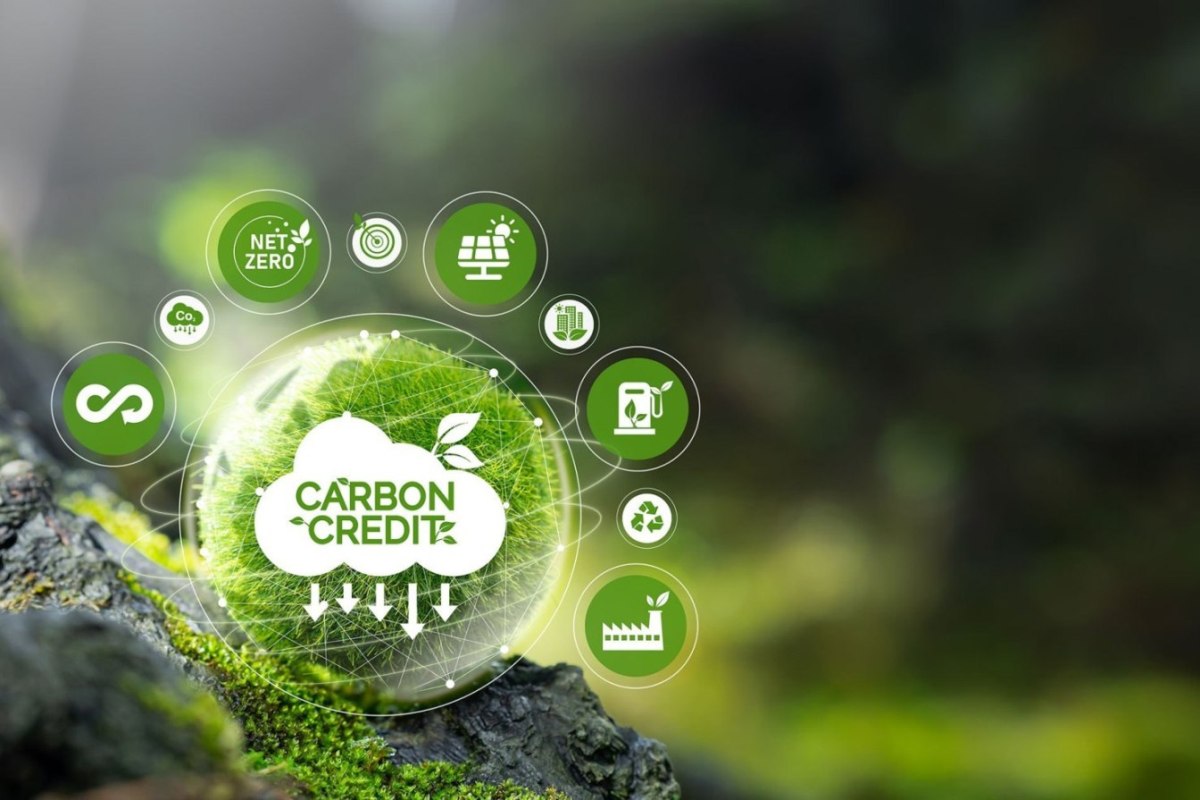



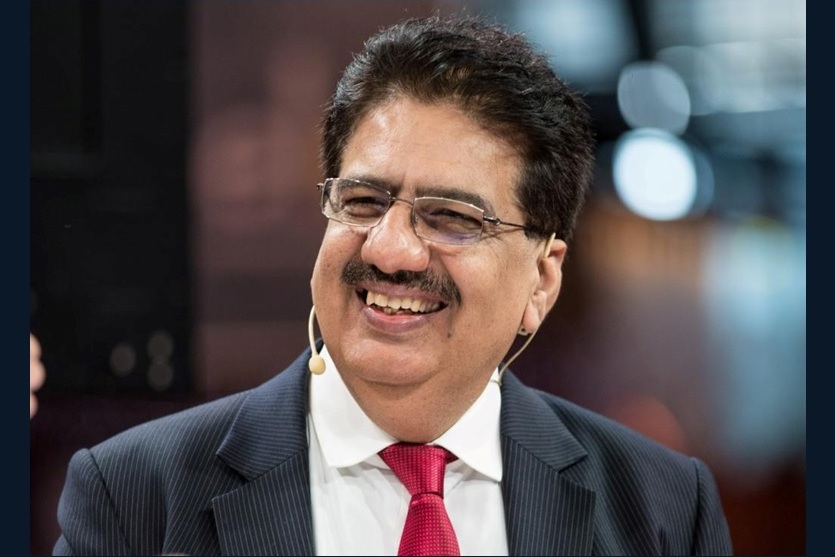

.jpg)

